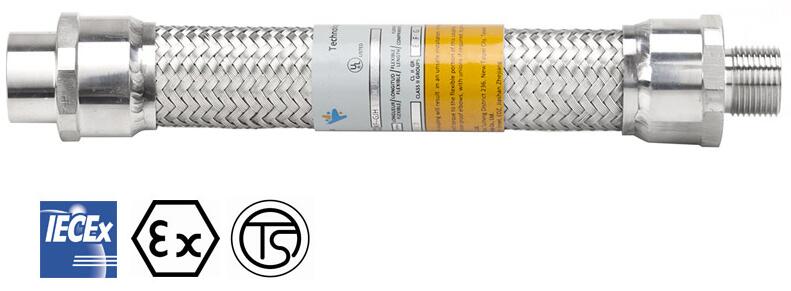Feb. 22, 2022
There are many situations where flexible cables are needed. Especially when installing temporary installations, such as a stage for a music festival or outdoor concert. The cable's flexibility makes it easier to coil, pack and reinstall when necessary. In addition, flexibility ensures that the cable can withstand frequent pulling and twisting.
So what makes a cable flexible? These three factors contribute to cable flexibility.

1. Conductors
The conductors in flexible cables are stranded, and as a rule of thumb, the more strands in a cable, the more flexible the cable will be. The cable specification sheet will show the number of strands used.
More strands can sometimes lead to increased costs and production time. In addition, stranding can affect the electrical characteristics of the cable, so it is important to review the specification sheet and check that the cable performs as required for the project. For example, higher gauge conductors have more insertion and loss than lower gauge conductors. As a result, stranded cables exhibit greater attenuation than solid copper conductors.
2. Shielding
Braids provide flexibility in cables because they are small strands of conductor braided into the casing around the cable. Braid coverage is expressed as a percentage and has very small gaps, so it is not considered possible to have 100% coverage. However, to increase overall coverage, installers can use cables with multiple braids to try to achieve up to 98% coverage.
Cables are also available in a combination of foil and braid designs. This may be a good option when looking to take advantage of the coverage of foil and the flexibility of braid.
3. Compounds
Rubber sheaths often do not have some of the combustion ratings found in conventional cables. This means they won't pass safety ratings and local fire code requirements need to be checked if they are struck in a building.
Rubber materials also resist slippage, which can be a problem when you try to install them in conduit. More lubricant or increased conduit size may be required.
Flexible cables also require special connectors. Make sure to use connectors designed for stranded conductors (if the cable has stranded conductors). In addition, it is important to note that you should choose a more robust connector design that can handle repeated installations and uninstallations.















